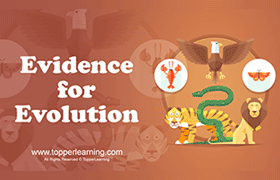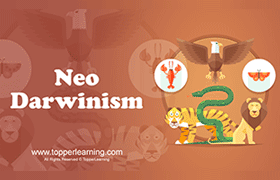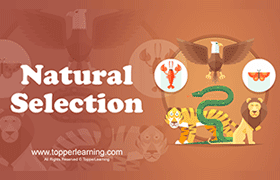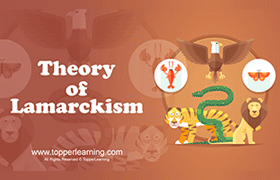CBSE Class 12-science Answered
what are the theories of evolution
Different theories of evolution are:
1. Lamarckism: It states that organisms undergo changes for adapting themselves to the environment and the characters thus acquired are passed on to the next generation.
2. Neo-Lamarckism: It aims at finding evidences for direct effect of the environment on germ cells and the effect of somatic cells on germ cells.
3. Darwinian theory: It states that new species evolve over a long period of time through accumulation of small variations which provide the organisms with structural and functional superiority over one another in their survival and differential reproduction.
4. Neo-Darwinism: According to Neo Darwinism, there are five basic factors involved in the process of organic evolution. These are gene mutations, changes in chromosome structure and number, genetic recombination, natural selection and reproductive isolation.
5. Mutation theory: It explains progressive and retrogressive evolution, continuation of vestigial and overspecialized organs, struggle for existence and survival of the fittest along with inheritance of useful mutations and formation of new species.






